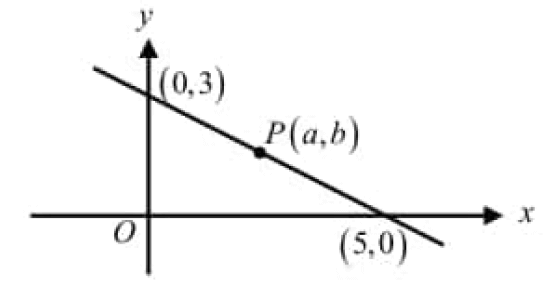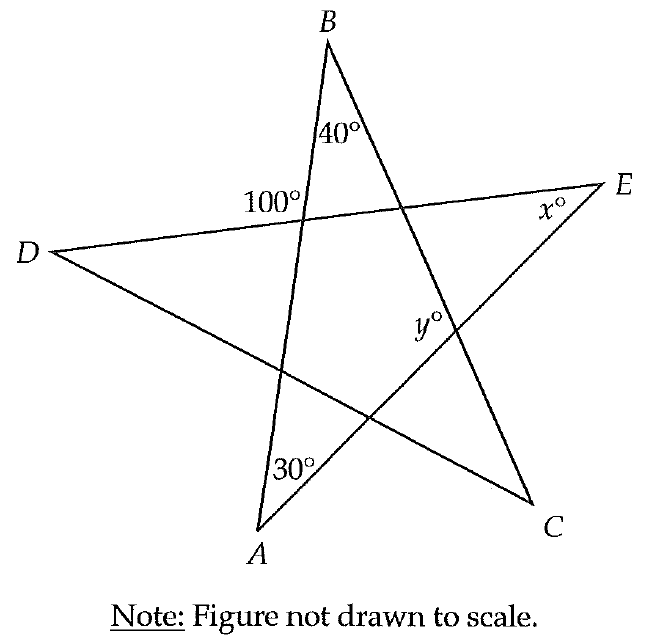COMPOUND INTEREST PROBLEMS AND SOLUTIONS
Problem 1 :
Jake has a bank account that earns 5 percent interest compounded annually. After 8 years, he has a total of $4,000 in the account. Which of the following represents the value of his initial deposit?
Solution :

Problem 2 :
Suppose Claire deposits a principal amount of P dollars in a bank account that pays compound interest. If the annual interest is r (expressed as a decimal) and the bank makes interest payments n times every year, she would have an amount of money equal to R after t years, given by
(i) If she deposits $2000 into an account paying 4% annual interest compounded annually, what is the amount of interest compounded after one year?
(ii) If she deposits $2000 into an account paying 4% annual interest compounded quarterly, what is her account balance after one year (Round your answer to the nearest dollar)?
Solution :

Problem 3 :
Kyla deposits money in Bank A with 3% annual interest, compounded yearly. Meanwhile, Irene deposits 25% less than Kyla in Bank B, which also compounds interest yearly. If after 5 years, both have the same amount in their accounts, what is the annual interest rate for Bank B?
Solution :

Problem 4 :
Nancy and Stacy both open bank accounts at the same time. However, Nancy’s account earns 8 percent interest compounded annually, whereas Stacy’s account earns only 4 percent compounded annually. If Nancy deposited $1,000 initially, approximately how much did Stacy deposit initially in dollars, if they have the same amount of money in their accounts after 10 years?
A) 1360
B) 1380
C) 1420
D) 1460
Solution :

Problem 5 :
Peter received a loan of $15,000 at 12% per year compounded annually. He repaid $7000 at the end of 1st year. What amount should he pay at the end of second year to completely discharge the loan?
Solution :

Kindly mail your feedback to v4formath@gmail.com
We always appreciate your feedback.
©All rights reserved. onlinemath4all.com
Recent Articles
-
Digital SAT Math Problems and Solutions (Part - 134)
Apr 02, 25 12:40 AM
Digital SAT Math Problems and Solutions (Part - 134) -
SAT Math Resources (Videos, Concepts, Worksheets and More)
Apr 02, 25 12:35 AM
SAT Math Resources (Videos, Concepts, Worksheets and More) -
Digital SAT Math Problems and Solutions (Part 135)
Apr 02, 25 12:32 AM
Digital SAT Math Problems and Solutions (Part 135)

